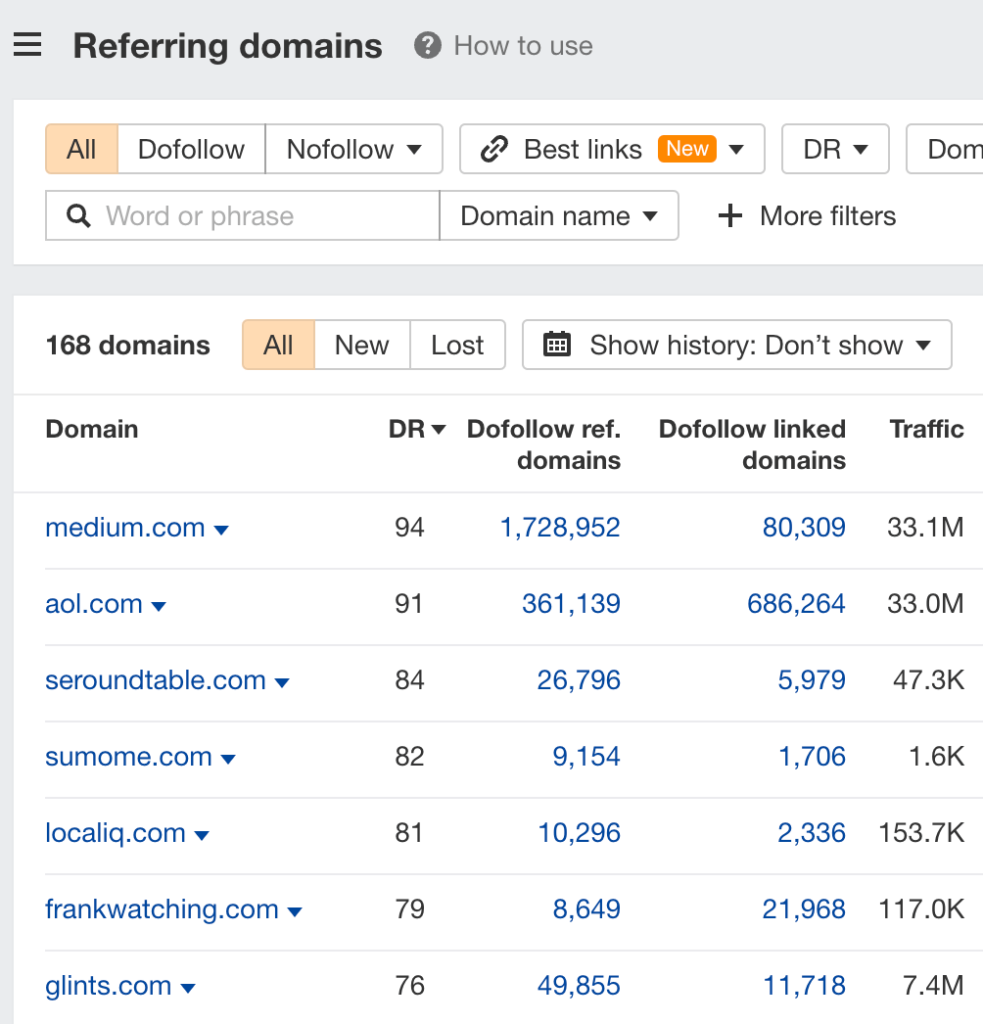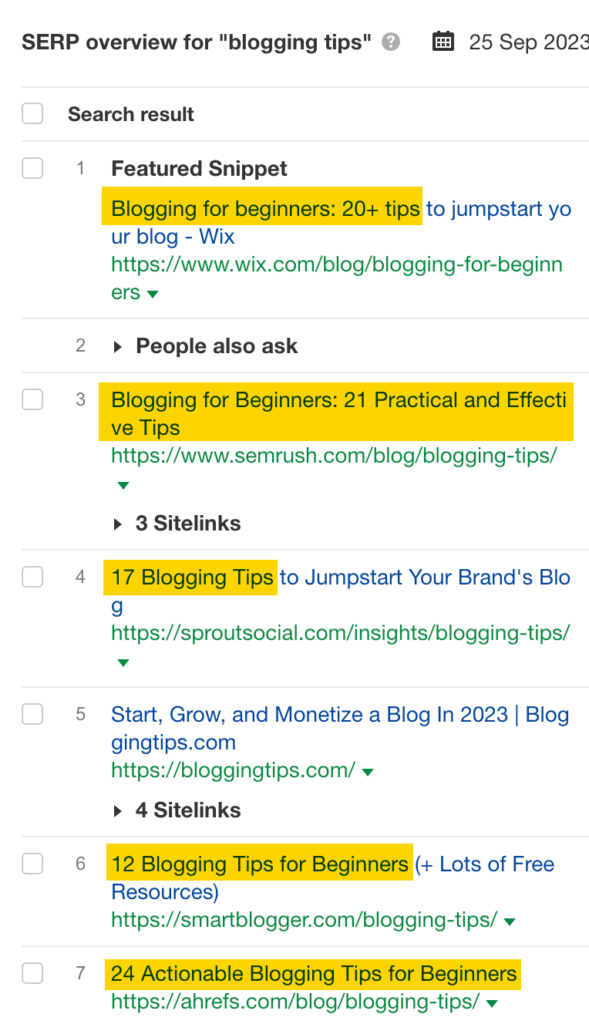Are you looking to take your SEO game to the next level? Look no further! In “Mastering SEO Campaigns: The Step-by-Step Approach,” you will discover a simple yet effective three-step process to launch successful SEO campaigns. The first step entails setting clear campaign goals, whether it’s improving keyword rankings, boosting organic traffic, or building backlinks. The second step involves strategically planning how to achieve these goals, including auditing target pages, optimizing content for search intent, and analyzing backlinks. Finally, in the third step, you will learn how to take action based on the audit findings, such as rewriting content or filling content gaps. So get ready to enhance your SEO expertise and unlock the potential for greater online visibility!
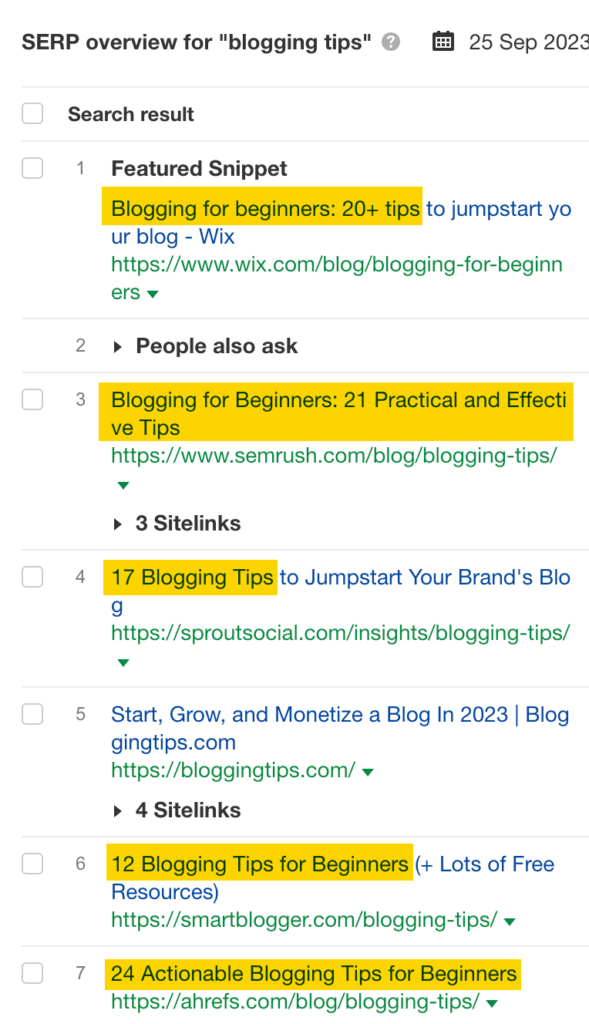
Step 1: Set Campaign Goals
When launching an SEO campaign, the first and most crucial step is to set clear and specific campaign goals. These goals will determine the direction of your campaign and help you stay focused on what you want to achieve.
Choose a specific campaign goal
Start by defining your specific campaign goal. Do you want to rank higher for a specific keyword? Increase organic traffic to a particular page? Build more quality backlinks to your website? Choose a goal that aligns with your overall marketing objectives and business goals.
Identify target keywords
To effectively optimize your website for search engines, it’s essential to identify the target keywords that are relevant to your products, services, or content. Conduct keyword research to discover the terms and phrases that your target audience is using to search for information in your industry.
Set realistic and measurable goals
It’s important to set goals that are both realistic and measurable. Setting unrealistic goals can lead to disappointment and frustration, while measurable goals allow you to track your progress and make adjustments as needed. For example, instead of aiming to rank first for a competitive keyword, you may set a goal to improve your ranking by three positions within a specific timeframe.
Consider the target audience
Understanding your target audience is key to the success of your SEO campaign. Consider their needs, preferences, and pain points when setting your campaign goals. By tailoring your content and optimization strategies to your target audience, you’ll be able to better connect with them and attract the right kind of traffic to your website.
Define the timeline for achieving the goals
Setting a timeline for achieving your goals will help keep you accountable and ensure that your SEO campaign stays on track. Break down your goals into smaller, manageable tasks and assign deadlines to each one. This will not only give you a clear roadmap for your campaign but also enable you to prioritize tasks and allocate resources effectively.
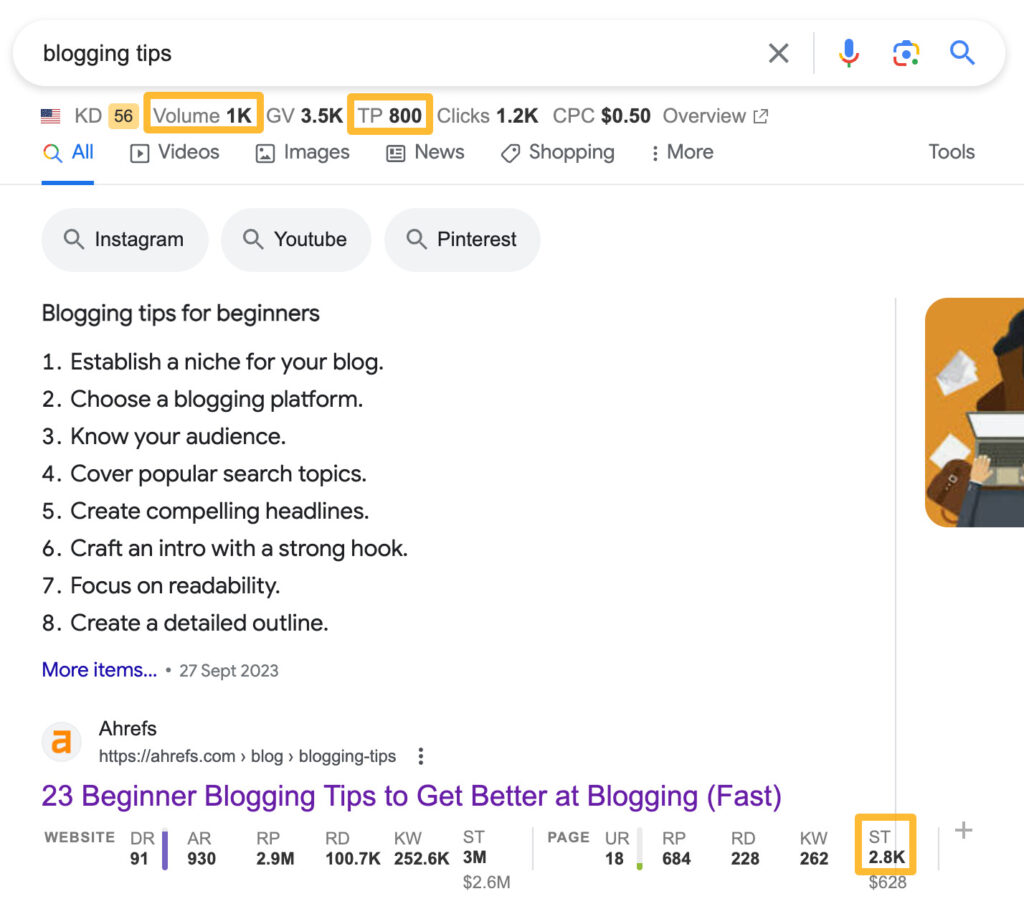
Step 2: Plan to Achieve Goals
Once you have set your campaign goals, it’s time to plan and strategize how you will achieve them. This step involves conducting a thorough analysis of your website, understanding the current state of your SEO, and mapping out a plan to optimize your website for search engines.
Conduct a website audit
Before you start optimizing your website, it’s crucial to conduct a comprehensive website audit. An audit will help you identify any issues or areas for improvement on your website that may be hindering your SEO efforts. This includes checking for broken links, duplicate content, and technical errors that may affect your website’s performance.
Ensure crawlability of target pages
To ensure that search engines can effectively crawl and index your website, it’s crucial to optimize your target pages for crawlability. This includes optimizing your URL structure, creating an XML sitemap, and using robot.txt files to control the pages search engines can access. By making your website easy to crawl, you improve your chances of ranking higher in search engine results.
Analyze traffic potential
Understanding the traffic potential of your target pages will help you prioritize your optimization efforts. Analyze the historical and current traffic data of your website, paying close attention to the pages that are already receiving the most organic traffic. By focusing on these pages, you can maximize your SEO efforts and achieve quicker results.
Perform backlink analysis
Backlinks play a crucial role in improving your website’s authority and ranking. Analyze your current backlink profile to understand the quality and quantity of the links pointing to your website. Identify any toxic or low-quality links that may be negatively impacting your SEO efforts and develop a strategy to build high-quality backlinks from reputable and relevant sources.
Align content with search intent
Creating valuable and engaging content that aligns with the search intent of your target audience is essential for SEO success. Understand the user’s intent behind their search queries and tailor your content to provide the most relevant and helpful information. This will not only improve your chances of ranking higher but also increase user engagement and satisfaction.
Optimize for featured snippets
Featured snippets are a coveted spot in search engine results and can significantly increase your website’s visibility. Identify opportunities to optimize your content for featured snippets by providing concise and informative answers to commonly asked questions in your industry. Structuring your content in a clear and organized manner will increase the chances of your content being selected as a featured snippet.
Research and select relevant keywords
Keyword research is a fundamental aspect of any SEO campaign. Identify relevant keywords that align with your campaign goals and target audience. Look for keywords with high search volume and low competition to improve your chances of ranking higher. Implement these keywords strategically throughout your website’s content, meta tags, and headers.
Develop a content strategy
A well-planned content strategy is crucial for successful SEO. Identify the topics and themes that are relevant to your target audience and align with your campaign goals. Create a content calendar to ensure consistent and timely publication of high-quality content. This will not only attract organic traffic but also position you as an authoritative source in your industry.
Optimize on-page elements
Optimizing your on-page elements is essential for improving your website’s visibility in search engine results. This includes optimizing your page titles, meta descriptions, headers, and image alt tags. By incorporating relevant keywords and providing clear and concise information, you improve your chances of ranking higher and attracting organic traffic.
Create a link building plan
Link building is a crucial aspect of SEO and can significantly impact your website’s ranking. Develop a link building plan that includes strategies for acquiring high-quality backlinks from authoritative and relevant websites. This can include guest blogging, influencer partnerships, and outreach campaigns. By acquiring quality backlinks, you increase your website’s authority and visibility.

Step 3: Take Action Based on Audit Findings
With a solid plan in place, it’s time to take action and implement the strategies outlined during the audit process. The key is to address any issues or gaps identified in the website audit and strategically optimize your website for search engines.
Rewrite or republish existing content
Review your existing content and identify any pieces that need improvement or updating. Rewrite or republish these pieces to ensure that they are valuable, relevant, and up to date. This will not only improve the user experience but also signal to search engines that your website provides high-quality and relevant information.
Fill content gaps with valuable information
Identify any content gaps on your website, areas where you lack valuable and relevant information. Develop new content to fill these gaps, addressing the needs and interests of your target audience. By providing comprehensive and valuable information, you increase your chances of attracting organic traffic and positioning yourself as an authority in your industry.
Update outdated information
Search engines favor websites that provide the most current and accurate information. Review your content regularly and update any outdated information. This includes statistics, industry trends, and outdated references. By keeping your content fresh and up to date, you show search engines that your website is reliable and trustworthy.
Improve page load speed
Page load speed is a critical factor in SEO success. Slow-loading pages can negatively impact user experience and search engine rankings. Optimize your website’s performance by compressing images, minifying code, and leveraging browser caching. By improving your page load speed, you provide a better user experience and increase the chances of ranking higher in search engine results.
Optimize content for mobile devices
With the majority of internet users accessing websites through mobile devices, optimizing your website for mobile is essential. Ensure that your website is responsive and mobile-friendly, providing a seamless user experience across different devices. This will not only improve your search engine rankings but also attract and retain mobile users.
Implement structured data markup
Implementing structured data markup helps search engines better understand and interpret your website’s content. Structured data provides additional information about your website, such as product details, reviews, and business information. By implementing structured data markup, you improve your chances of appearing in rich snippets and other enhanced search features.
Format the post to win the featured snippet
To increase your chances of winning the featured snippet, format your content in a way that provides concise and informative answers to commonly asked questions. Use bullet points, numbered lists, and subheadings to make your content easy to scan and understand. By aligning your content with search intent and satisfying user queries, you improve your chances of being featured in the coveted position zero.
Optimize meta tags and headers
Optimize your meta tags and headers with relevant keywords to improve your website’s visibility in search engine results. Incorporate target keywords in your page titles, meta descriptions, and headers to signal to search engines the relevance of your content. By providing clear and concise information, you increase the chances of attracting organic traffic and ranking higher.
Create internal and external links
Internal and external linking plays a crucial role in SEO. Internal links help search engines understand the structure and hierarchy of your website, while external links validate the credibility and relevancy of your content. Create a strategic linking strategy, incorporating both internal and external links throughout your website. By doing so, you improve your website’s authority and increase the likelihood of ranking higher.
Promote content through social media
Promoting your content through social media is an effective way to increase its visibility and reach a wider audience. Share your content on different social media platforms, engage with your audience, and encourage social sharing. By increasing the exposure of your content, you attract more traffic to your website and improve your chances of ranking higher in search engine results.
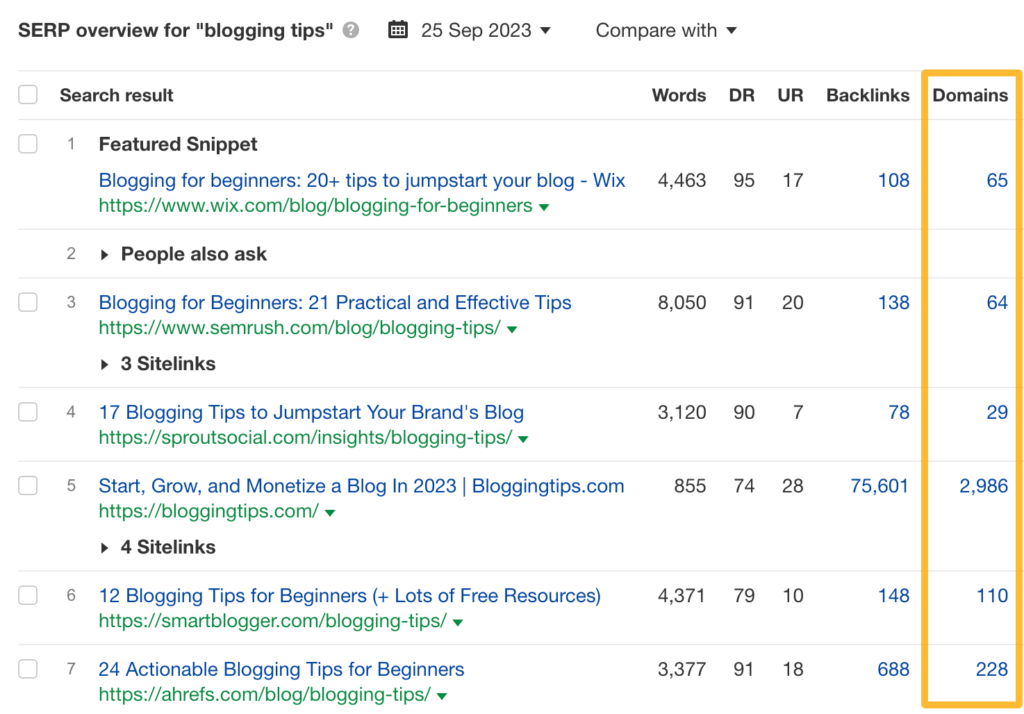
Step 4: Evaluate Campaign Success
It’s essential to evaluate the success of your SEO campaign to understand what worked well and identify areas for improvement. Monitoring key metrics and analyzing the data will help you make informed decisions and continually optimize your website for search engines.
Track keyword rankings
Regularly monitor your keyword rankings to gauge the success of your SEO efforts. Track the progress of your target keywords and identify any changes in rankings. Compare your current rankings with your initial goals to determine whether you’re on track to achieving them. Adjust your strategies as necessary to improve your keyword rankings.
Monitor organic traffic
Keep a close eye on your website’s organic traffic to understand the impact of your SEO campaign. Analyze the organic traffic data, looking for any trends or changes. Are you attracting more organic traffic to your website? Is there an improvement in user engagement and time spent on your site? By monitoring your organic traffic, you can assess the effectiveness of your SEO strategies.
Analyze backlink profile
Continuously analyze your backlink profile to understand the quality and quantity of links pointing to your website. Monitor any changes in your backlink profile, such as new link acquisitions or lost links. Identify any toxic or low-quality backlinks that may negatively impact your SEO efforts and take necessary steps to remove or disavow them. Building a healthy and diverse backlink profile is crucial for long-term SEO success.
Measure engagement metrics
Engagement metrics provide insights into how users interact with your website. Track metrics such as bounce rate, time on page, and pages per session to understand user behavior. Are users staying on your website and exploring multiple pages? Are they engaging with your content and taking desired actions? By measuring engagement metrics, you can assess the effectiveness of your content and make improvements if necessary.
Assess conversion rates
Ultimately, the success of your SEO campaign lies in converting organic traffic into leads or customers. Analyze your website’s conversion rates to determine the impact of your SEO efforts on your business goals. Are you seeing an increase in leads or sales as a result of your SEO campaign? Identify any gaps or areas for improvement in your conversion funnel and optimize accordingly.
Compare results with initial goals
Compare the results of your SEO campaign with your initial goals to determine its success. Have you achieved your desired keyword rankings? Has your organic traffic increased as planned? Are you generating more quality backlinks to your website? By comparing your results with your initial goals, you can identify areas of success and areas that need improvement.
Identify areas of improvement
Based on your campaign evaluation, identify areas that need improvement or further optimization. This could include addressing any technical issues on your website, improving your content strategy, or refining your keyword targeting. By identifying areas of improvement, you can continually optimize your website and ensure long-term SEO success.
Learn from campaign success or failure
Reflect on your campaign’s success or failure and learn from the experience. Identify what worked well and why, and apply those strategies to future campaigns. Likewise, determine the reasons behind any failures or shortcomings and use them as valuable learning opportunities. Continuous learning and adaptation are key to staying ahead in the ever-evolving world of SEO.
Adjust strategies for future campaigns
As you continue to optimize your website and launch future SEO campaigns, apply the insights gained from your evaluation process. Refine your strategies, set new goals, and adjust your tactics based on the data and results you’ve gathered. By constantly adapting your SEO strategies, you can stay ahead of the competition and continue to achieve your business objectives.
Seek new opportunities for achieving goals
Finally, never stop seeking new opportunities for achieving your goals. Explore emerging trends, technologies, and strategies in the SEO landscape, and experiment with new approaches that align with your campaign goals. Keep an eye on industry updates and be open to trying new techniques to stay ahead and maximize the potential of your SEO efforts.
Launching an SEO campaign involves careful planning, strategy, and continuous evaluation. By setting clear goals, implementing effective strategies, and staying adaptable, you can improve your website’s visibility, attract organic traffic, and achieve your desired results. Remember, SEO is an ongoing process, and success comes with dedication and persistence.
